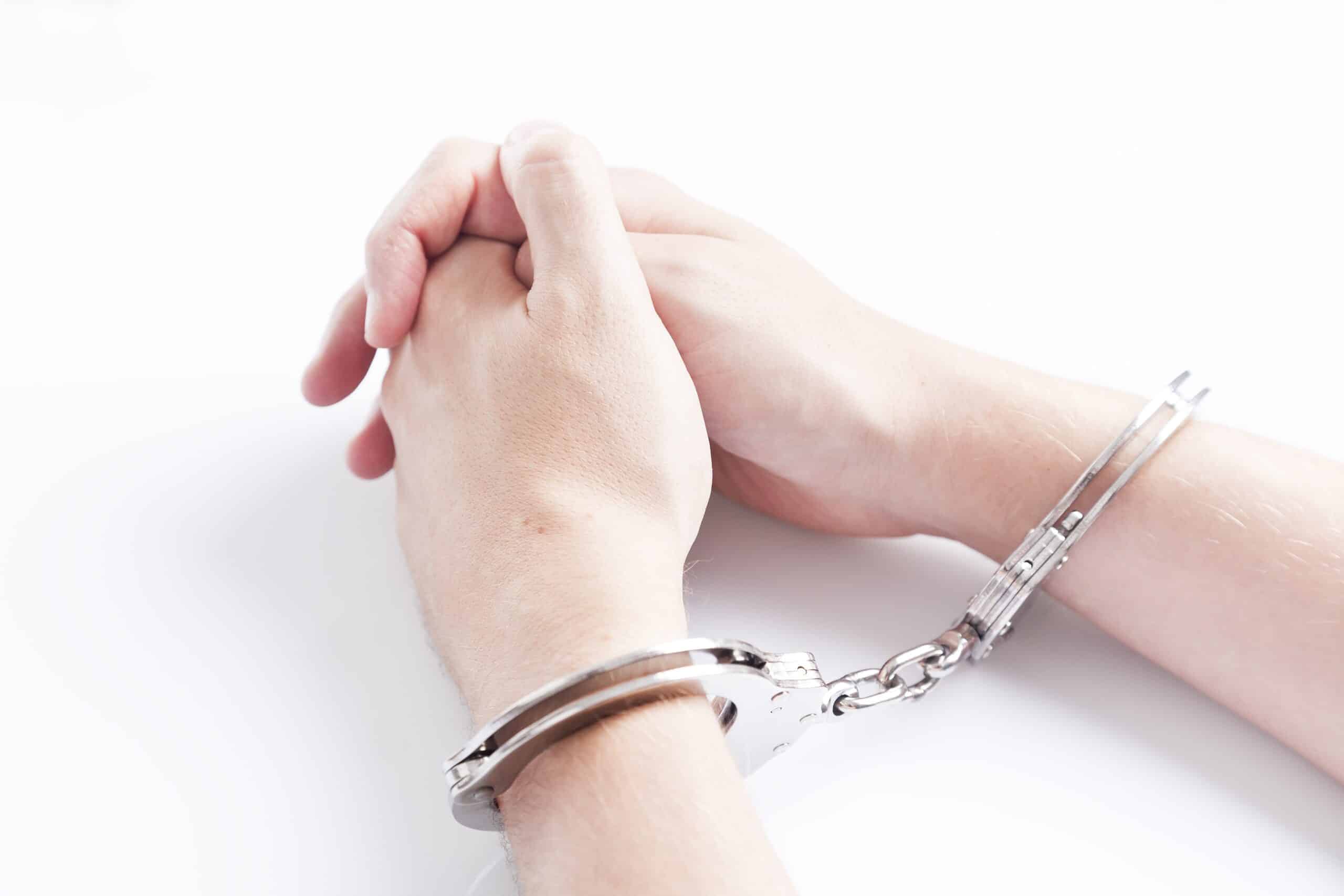Share This Article
Where you encourage or assist in a crime, you will be seen and punished, under the law, as the same as the person(s) who actually committed the crime. This applies regardless of the fact that the crime committed was not the specific crime which was intended should be committed.
This also applies even if you were not at the scene of the crime at the time it was committed. The law in NSW refers to this as an accessory to the crime.
This can generally apply to all charges, including, Grievous bodily harm or Wounding, Assault occasioning actual bodily harm, Affray, murder or manslaughter.
The Case of R v Johns
The case of R v Johns [1978] involved the armed robbery and murder of Mr. Morriss who lived close to Kings Cross, in Sydney.
Mr. Johns didn’t commit the actual armed robbery or murder. Nor was he even present at the scene of the crimes at the time, yet he was charged and found guilty to both of the charges.
The Facts of the Case
Mr. Johns, Mr. Watson, and Mr. Dodge planned an armed robbery against Mr.
Morriss.
Mr. Johns drove Mr. Watson to a location where Mr. Dodge was waiting, about 600 yards away from where the victim lived, near Kings Cross.
Mr. Dodge then drove Mr. Watson to the outside of the victim’s home, while Mr. Johns waited in his car at the same location, 600 yards away.
The plan was for Mr. Watson and Dodge to rob the victim’s home, take the proceeds back to where Mr. Johns was in his car, where Mr. Johns would then drive away with those proceeds to a pre-arranged hiding spot.
What actually happened, was that, when Watson and Dodge arrived outside the victim’s home, they found the victim to be outside his block of units. A struggled took place, then Watson shot and killed the victim.
Dodge then drove Watson back to where Mr. Johns was waiting in his car, 600 yards away from the victim’s home. Watson told Mr. Johns, “I didn’t get it, mate. It’s gone bad, it’s off”.
Dodge then drove Watson away. Mr. John’s also drove away in his own car.
The Result
Mr. Johns was arrested and found guilty of murder. He was also charged and found guilty of being armed with a firearm, assault with intent to rob, and wounding.
For the charge of murder, Mr. Johns was sentenced to life imprisonment. For the second charge of being armed with a firearm, assault with intent to rob, he was sentenced to a term of 14 years imprisonment.
The Prosecution case was that Mr. Johns was an accessory before the fact. This means, he was found to have encouraged and assisted the crime before it took place.
As such, under the law, he was seen as the same as the people who committed the actual crimes.
That’s why he was charged and punished as the same as the people who actually committed the offences (see section 346 Crimes Act (NSW)).
Why was he Guilty?
Mr. Johns had prior knowledge that, at the time, Watson was carrying a loaded pistol.
Mr. Johns also knew that Watson was a person who had a quick temper. He also knew that Watson had every intention of becoming violent to the victim if necessary.
Mr. Johns had planned, together with the other two offenders, to rob the victim’s home.
In those circumstances, Mr. Johns had contemplated what actually occurred, as a possible incident of the originally planned robbery. He was therefore an accessory before the fact to the crimes of murder and armed robbery.
The other two men, Watson and Dodge were also found guilty of the same crimes.
Accessory before the Fact
You will generally be guilty of committing any crime committed by someone else, if the police can prove, beyond reasonable doubt each of the following points:
- The other person (the principal offender) committed the offence; and
- You did something to intentionally encourage, by advising, urging or persuading the principal offender to commit the offence, or you intentionally assisted the principal offender in the preparation to commit the offence; and
- At the time of encouraging or assisting, you intended the principal offender to commit the offence; and
- At the time of encouraging or assisting, you knew what the principal offender was going to do, which constitutes the offence; and
- Before the crime was committed, you never had a change of mind, nor told the principal offender not to commit the offence.
Defences to the Charge of Accessory Before the Fact
You will be not guilty if:
- You had knowledge that the principal offender intended to commit the offence, but you didn’t do anything to intentionally encourage or assist.
- You approved the offence, yet you didn’t make that approval known.
- The crime actually committed was outside the scope of the type of conduct that you had intended to encourage or assist in, and the crime committed was materially different from what you foresaw would be done.
- At the time that you had encouraged or assisted the principal offender, you didn’t honestly believe there to be a real possibility that the offence would be committed.
- You withdrew your encouragement or assistance, and you communicated your withdrawal to the principal offender, and you also did everything reasonably possibly to prevent the offence occurring.
Penalties for Offences of Accessory Before the Fact
Under section 346 Crimes Act NSW, you will face the same punishment as the person who committed the actual offence where:
- You intentionally encouraged or assisted the principal offender in committing the offence before it was committed; and
- Where the crime committed was an offence with a maximum punishment of 5 years or more.
Accessory After the Fact
Section 347 Crimes Act says, that you will can be guilty of committing any crime committed by someone else, if the police can prove, beyond reasonable doubt, each of the following points:
- The principal offender committed the offence; and
- You intentionally assisted the principal offender; and
- At the time you assisted, you were aware of the precise offence committed by the principal offender; and
- With that knowledge, you intentionally assisted the principal offender. This includes, you either did something to hinder the arrest of the principal offender, or got rid of the evidence of the crime; and
- You gave that assistance to help the principal offender escape arrest, trial or punishment for the offence that he/she committed.
Penalties for Offences of Accessory After the Fact
An accessory after the fact to a crime that carries a maximum punishment of 5 years or more, faces a punishment of up to 5 years imprisonment. (section 350CA Crimes Act NSW).
An accessory after the fact to a crime of robbery with arms or in company with 1 or more people, or the crime of kidnapping, will face a punishment of up to 14 years imprisonment. (section 349(2) Crimes Act NSW).
An accessory after the fact to murder will face a punishment of up to 25 years imprisonment. (section 349(1) Crimes Act NSW).
Accessory to the Crime- Aider and Abettor While Present at the Time of the Crime
Under section 351B Crimes Act, you can be guilty of a crime committed by someone else, where you were an accessory at the fact.
This involves a situation where you were present to aid or assist the principal if required to at the time.
This means you will also be held responsible to the same extent as the person who committed the crime, even if that encouragement or assistance isn’t actually required.
You will be guilty of an aider or abettor to an offence (accessory at the fact), if the police can prove, beyond reasonable doubt, each of the following points:
- The principal offender committed the offence; and
- You were at the scene of the crime when it occurred; and
- At the time, you knew the offence was going to take place by the principal offender; and
- You were willing to aid or assist the principal offender if required.
Defence to the Charge of Accessory at the Fact
You will be not guilty if any of the following situations apply to you for a charge of a crime where the police argue that you were an accessory at the fact:
- You were simply at the scene of the crime at the time it was committed, although you knew it was to be committed, you weren’t willing to provide aid or assistance.
- You were a bystander at the scene of the crime when it occurred.
Penalties for Offences of Accessory at the Fact
You will face the same maximum punishment as the person who committed the offence where:
- You are an accessory at the fact, who aids or assists at the time and place of the crime being committed. (section 351B Crimes Act NSW).









